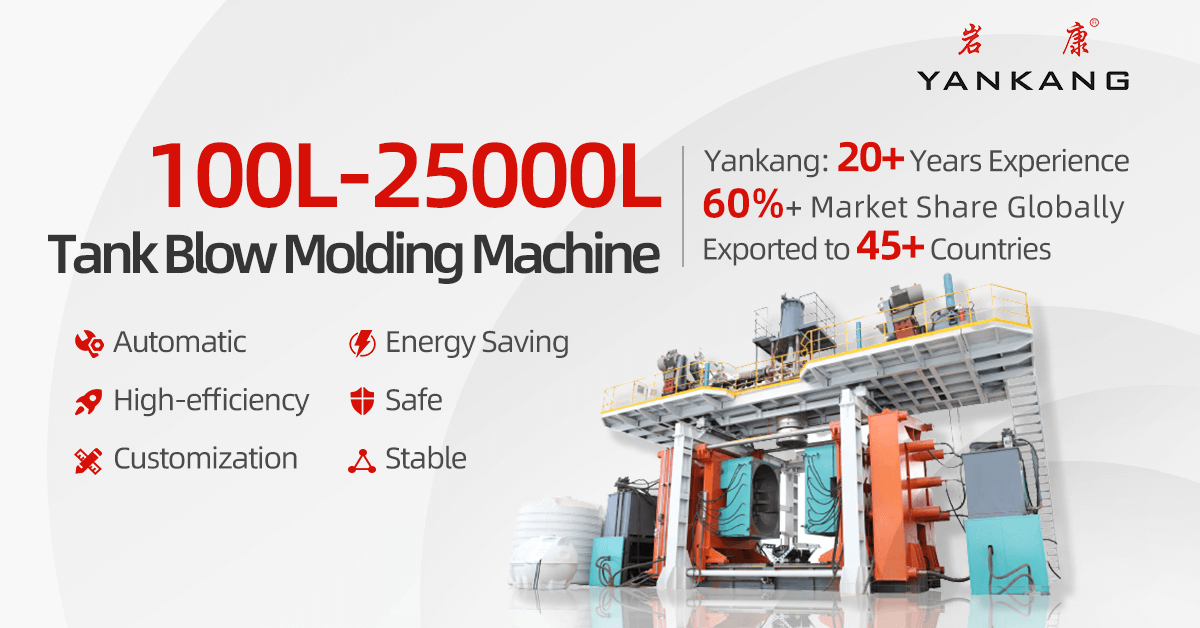Blow molding machines have revolutionized the manufacturing industry, enabling the efficient production of hollow plastic products. However, like any industrial process, blow molding machines encounter several challenges that can impact production efficiency, quality, and overall performance. In this article, we will delve into some of the common challenges faced by blow molding machines and explore potential solutions to overcome them.
1. Material Variability and Compatibility:
Blow molding machines encounter challenges related to material variability and compatibility. Different plastic materials have specific characteristics, such as melt flow rate, molecular weight distribution, and melt temperature range. Variations in these characteristics can affect the processing and quality of blow-molded products. Manufacturers must carefully select and test materials to ensure their compatibility with the blow molding process and machinery. Advanced material testing techniques and close collaboration between material suppliers and machine manufacturers can help overcome material compatibility challenges.
2. Product Design and Complex Shapes:
The increasing demand for innovative and complex blow-molded products presents a challenge for blow molding machines. Product designs with intricate shapes, undercuts, or thin-walled sections may require specialized molds and more precise control over the blow molding process. Manufacturers must invest in advanced mold-making technologies and machine capabilities to accommodate complex product designs. Additionally, close collaboration between product designers, mold makers, and machine manufacturers is crucial to optimize product manufacturability and achieve the desired quality.

3. Quality Control and Consistency:
Ensuring consistent product quality is a challenge in blow molding. Variations in machine parameters, material properties, and environmental conditions can affect product dimensions, wall thickness, and surface finish. To overcome this challenge, blow molding machines employ advanced control systems, such as closed-loop feedback control and automated monitoring. Real-time sensors and inspection equipment can help in detecting variations and ensuring that the final products meet the required specifications.
4. Energy Consumption:
Energy consumption is a significant challenge in blow molding operations. The heating and cooling processes involved in blow molding require substantial energy inputs. Manufacturers must strive to optimize energy usage by investing in energy-efficient machinery, implementing advanced heating and cooling technologies, and employing energy recovery systems that capture and reuse excess energy. Continuous improvements in machine design and process optimization can minimize energy consumption without compromising production output and product quality.
5. Maintenance and Downtime:
Like any machinery, blow molding machines require regular maintenance to ensure optimal performance and prevent unplanned downtime. Machine breakdowns can result in significant production losses and increased costs. Manufacturers need to implement proactive maintenance strategies, including preventive maintenance schedules, condition monitoring, and training programs for machine operators and maintenance personnel. Investing in spare parts inventory and prompt repair services can also minimize downtime and improve overall productivity.
6. Environmental Sustainability:
With increasing environmental concerns, the blow molding industry faces the challenge of reducing its environmental footprint. The industry must work towards minimizing plastic waste, optimizing material usage, and adopting sustainable manufacturing practices. This includes recycling and reusing materials, exploring bio-based and biodegradable polymers, and implementing waste management strategies. Collaborative efforts between industry stakeholders, research institutions, and regulatory bodies are vital to address these challenges and promote sustainable blow molding practices.
Blow molding machines have transformed the manufacturing industry, but they encounter a range of challenges that impact production efficiency and product quality. Overcoming these challenges requires a comprehensive approach, including material selection and testing, advanced control systems, energy-efficient solutions, proactive maintenance practices, and sustainable manufacturing initiatives.
Continuous innovation, close collaboration among industry stakeholders, and the adoption of emerging technologies will pave the way for overcoming these challenges, ensuring the continued success and evolution of the blow molding industry.
